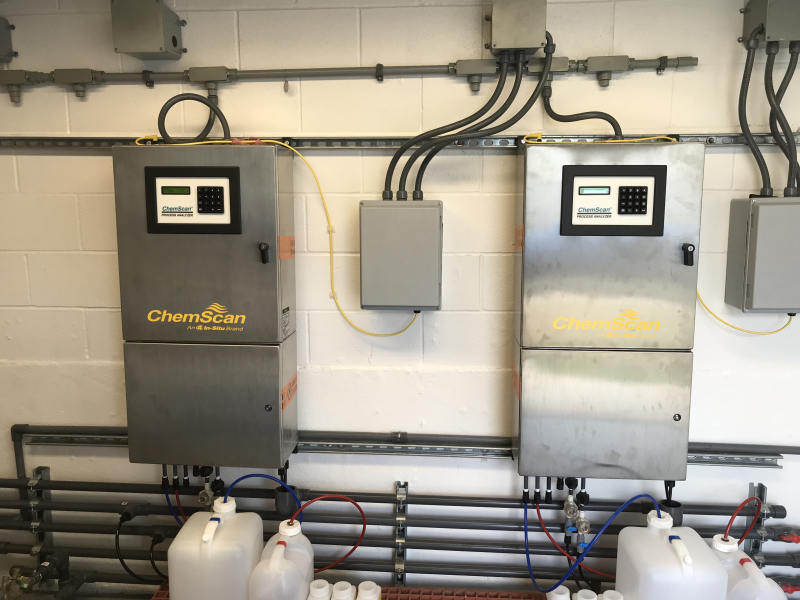Reliable Chemical Analyzers Reduce Maintenance, Improve Efficiency
Published on by Marcus Miller, Digital Marketing Manager at In-Situ in Case Studies
Reliable Chemical Analyzers Reduce Maintenance, Improve Efficiency
Overview
A few years ago, the West Harris County Regional Water Authority (WHCRWA) sought replacement analyzers to reduce maintenance and run retreatment operations more efficiently. An upcoming expansion project adding two new pump stations to the district by 2025 makes reliable measurements even more important, as WHCRWA will be responsible for blending water from multiple sources while still producing consistent residuals.
Challenge
The WHCRWA was originally created by the Texas Legislature in 1975, in response to growing subsidence. In the early 1970s, the use of groundwater without aquifer recharge caused subdivisions in the Baytown-Pasadena-Galveston area to sink below sea level, making them unlivable.
WHCRWA was founded to help the district west of Houston shift its water supply from aquifers to surface water, to ease the stress on groundwater supplies and prevent subsidence.
Currently, 30 percent of the water supplying West Harris County is required to come from surface water instead of well water. In 2025, that requirement will increase to 60 percent. To accommodate more surface water coming in from different areas, WHCRWA is building two new pump stations in the next two years.
“Right now we get about 28 million gallons of water a day,” says Bryan Thomas, Area Manager at Inframark, the private utility that operates the WHCRWA, “After the expansion, it’ll be 110 million.”
WHCRWA is responsible for making sure drinking water from plants in the city of Houston is thoroughly treated before going out to customers in the surrounding area. They monitor the treated water they receive to verify that it meets requirements for total chlorine residuals.
Accurate, continuous data is crucial to this process, but the analyzers installed at WCHRWA were not performing as expected. “They required constant maintenance,” reports Thomas. “When we did need to make an adjustment, there was a 30-minute wait time in between when we made the adjustment and when we could see if it was actually working.”
With a small staff of three operators, the time and effort to maintain the analyzers made working with them unsustainable. “We were having to maintain these things basically every week to keep them in a running state and then they’d fail after a couple of days,” says Thomas. “It took up a lot of our time.”
Solution
In 2019, WHCRWA started looking for replacement analyzers. After comparing several options, they selected two UV 2250 ChemScan analyzers for chloramination.
“What we heard a lot was that if you’re looking for low-maintenance analyzers that are reliable, look towards ChemScan,” says Thomas of the search process. “Once you get them going, they’re pretty much bomb proof.”
The two analyzers provide continuous measurements of nitrate and ammonia to verify that WHCRWA meets residual limits after retreatment.
“We were expecting a little bit of a challenge, you know, adapting to something new,” says Thomas of the transition, “but we were given all the information we needed. ChemScan really helped our staff out on all the things they needed to know.”
Thomas is happy to report that the ChemScan analyzers are performing reliably, and that basic routine maintenance keeps them running as expected.
“These two ChemScans do the job of the six analyzers we had before,” says Thomas. “They’ve saved time for our analyzer folks and for our plant folks–they’re not having to mess with these every day.”
Results
Incorporating new water sources from the two new pump stations will...
READ MORE
Taxonomy
- Drinking Water Treatment
- Chlorination
- Groundwater
- Drinking Water Managment
- Drinking Water
- Water Wells
- Groundwater Quality & Quantity
- Public Water System and Groundwater Issues
- Municipal Separate Storm Sewer System (MS4)
- Surface Water Hydrology
- Drinking Water Management
